English | Dutch |
|
| BiH: land with complex background | |
Shkodra (Albania), August 24th 2014
|
|
| |
|
For the second time within a year, we paid a visit to Bosnia & Herzegovina. This beautiful heart-shaped country is literally and figuratively the heart of the Western Balkans. It is sandwiched between Croatia, Serbia and Montenegro, and has only a tiny piece of land that is connected to the sea. This is undoubtedly the reason why Bosnia & Herzegovina has not developed itself over the past few decades into a real beach destination, something Croatia and Montenegro successfully did. Hence, Bosnia & Herzegovina is still for most people a relatively unknown destination.
|
|
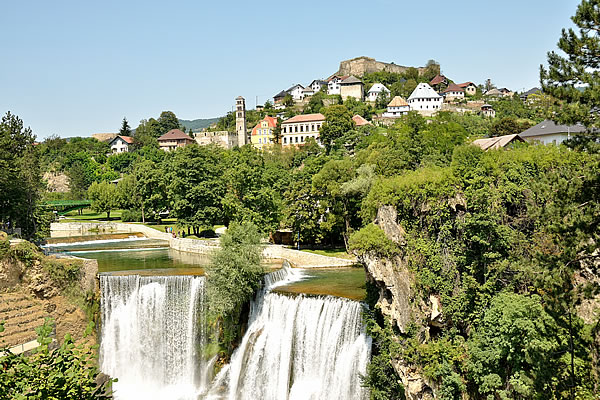 |
|
View on Jajce and its famous waterfall |
|
While the economy of Yugoslavia rapidly deteriorated shortly after the death of Tito, nationalism became an issue. Ultra Nationalist Slobodan Milošević, who started as a communist leader of Belgrade, made it finally to party leader of Serbia in 1987. He lifted in 1988 the autonomy of Kosovo and Vojvodina (regions in Serbia) which meant that the seats in the Yugoslav Federation Council of these regions, came into the hands of Serbia. In 1989, Milošević also became president of Serbia. Milošević had by now, thanks to his supporters in Montenegro, actually four of the eight votes in the Federation in hands. Serbia was on a collision course. Slovenia and Croatia chose eggs for their money and declared their independence on June 25, 1991. Milošević didn’t really care about Slovenia, but Croatia’s independence was not accepted because there were living many ethnic Serbs in Croatia who did not want to become part of an independent Croatia.
| |
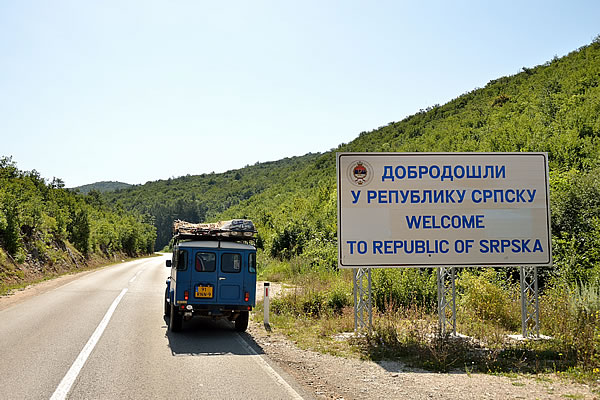 |
|
We are entering the Serbian Republic |
|
The war ended in late 1995, when the Dayton peace treaty was agreed. In the Treaty of Dayton, Bosnia & Herzegovina was split into two separate administrative entities: the Federation of Bosnia & Herzegovina (51%) and the Serb Republic (49%). If you drive through Bosnia & Herzegovina these days, that separation still very clear. While there are no border formalities between the two administrative entities, you can still see very clear when you are in the Republika Srpska, and when in the Federation of Bosnia & Herzegovina. Republika Srpska feels like an extension of Serbia, where you frequent see the Red-blue-white flag of Serbia fluttering. In the centre of Banja Luka, the 'capital' of Republika Srpska, several souvenir stalls sell all kinds of ultranationalist knickknacks, including shocking T-shirts with the image of war criminal Ratko Mladić on it. If you drive an hour to the south, you end up in Jajce, a provincial town in the Federation of Bosnia & Herzegovina where children are proudly dressed by their parents in football shirts of Serbian ‘enemy’ Croatia. So, the two ethnic groups of people are convicted to each other to live in one country with the name Bosnia & Herzegovina. Let's hope peace prevails. |
|
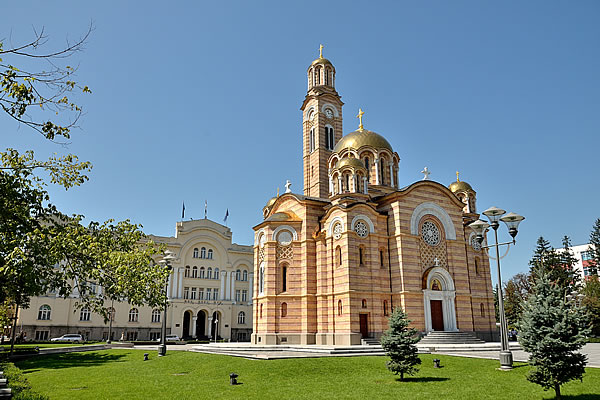 |
|
The Orthodox Church in Banja Luka |
|
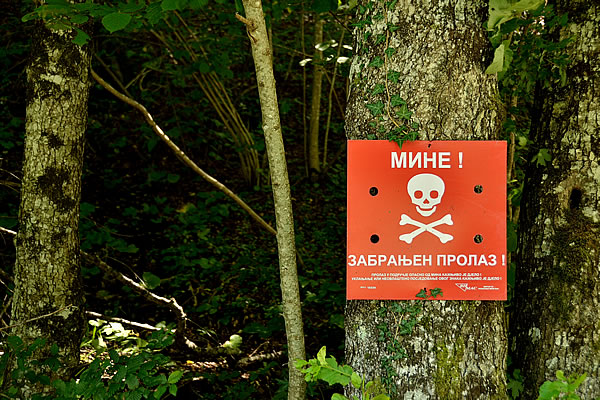 |
|
Watch out where you are going to hike in Bosnia & Herzegovina |
|
 |
|
The ruins of Srebrenik Castle |
|
 |
|
The atmospheric central square of Tuzla |
|
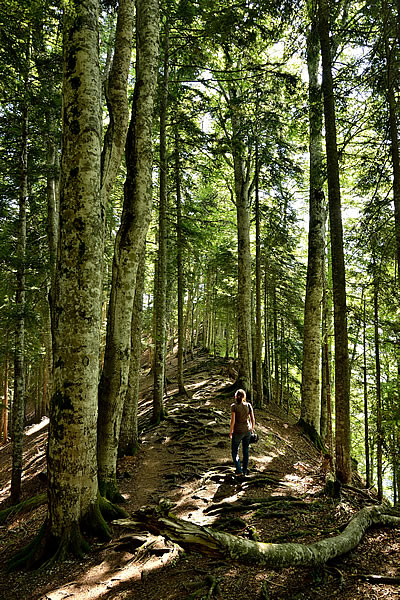 |
|
Hiking in Sutjeska NP |
|